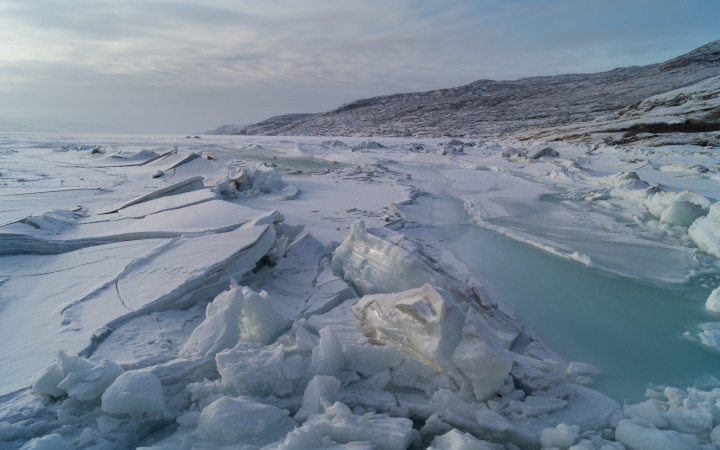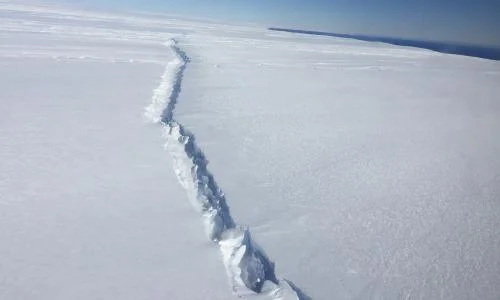Introduction: The Ice-Cooled Enigma
Imagine a quiet winter evening interrupted by a loud, startling noise. You look outside but see no signs of an explosion. This unusual event might be a frost quake, a fascinating but little-known occurrence. In this guide, we’ll explore what causes these noises, how they happen, and ways to prepare.
What Are Frost Quakes?
Frost quakes, sometimes referred to as ice quakes, are sudden loud noises that occur during extremely cold weather. Unlike earthquakes, which result from tectonic plate movements, these sounds are due to the rapid expansion and contraction of ice in the ground or structures. This change in temperature causes the ice to exert pressure, leading to a loud noise.

When water in the soil or in structural cracks freezes, it expands. If temperatures drop further, this expansion causes significant stress on the surrounding material. When the stress becomes too great, the material breaks, producing a loud noise similar to an explosion.
The Science Behind the Sound
The noise from frost quakes comes from the sudden release of stress in frozen materials. As water freezes and expands, it puts pressure on its surroundings. If temperatures drop further, the pressure increases. When the material can no longer withstand this pressure, it fractures, creating a loud noise.
Although this can sound like an earthquake, frost quakes are different. They are localized events caused by cold weather and ice, rather than tectonic activity.
Why Do These Noises Happen?
Frost quakes occur mainly due to sudden temperature drops. When temperatures fall rapidly, frozen ground or materials contract quickly, which intensifies the stress from expanding ice. This can lead to the occurrence of a frost quake.
The composition of the soil also matters. Soils that retain a lot of water or are highly porous are more likely to experience freezing and thawing effects. Ice in cracks can also increase the chances of these events.
Where Are Frost Quakes Common?
Frost quakes are more likely in regions with severe winter conditions and temperature swings. Areas like Canada, northern parts of the U.S., and Scandinavia are more prone due to their cold weather. However, even milder climates can experience these events during sudden, severe cold snaps.

Impact on Buildings
The effects on buildings can vary. Often, the damage is minor, such as small cracks or the startling noise itself. In some cases, though, frost quakes can cause more noticeable issues, especially if the structure is already weak or if multiple quakes occur.
Maintaining and insulating your home can help reduce potential damage from these cold-weather events.
Weather Factors
Weather conditions influence frost quakes significantly. Rapid temperature drops are the main trigger, but other factors like snowfall and wind can affect their likelihood. Snow can insulate and reduce the frequency of these events, while clear skies and strong winds can increase the chances.
Historical Examples
Several notable frost quakes have been recorded. For instance, in January 2018, Ontario, Canada, experienced loud noises following a sudden temperature drop. Similarly, in Michigan in 2020, a series of frost quakes occurred after a severe winter storm, showing the impact of extreme cold.
How to Prepare
To prepare for frost quakes, consider these tips:
- Insulate Your Home: Ensure pipes and foundations are well-insulated to handle temperature changes.
- Monitor Weather: Keep track of weather forecasts during extreme cold.
- Inspect Regularly: Check your property for cracks and other vulnerabilities.
- Emergency Kit: Have essentials like first aid supplies and flashlights ready.
For more information checkout this link:https://en.wikipedia.org/wiki/Cryoseism
Conclusion
Frost quakes are an intriguing aspect of winter weather. Understanding how they occur and how to prepare can help you manage their effects. Staying informed about these phenomena will help you adapt to the challenges of winter.





1 thought on “Frost Quakes Explained: 7 Key Facts You Should Know”
Pingback: Marine Fungi-The Natural Solution to the Plastic Crisis? 2024 Research - Atmosphere Savers